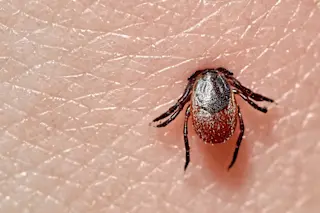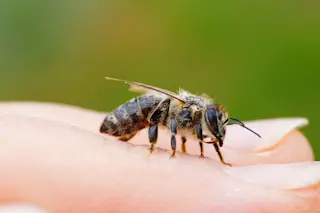Since Monday's news that a few thousand birds fell from the sky on New Year's Eve over Beebe, Arkansas, the world has gone a little crazy with talk of the "aflockalypse": the mass bird deaths that have been documented worldwide. Bird die-offs have been reported in not only Arkansas but also in Italy, Sweden, Louisiana, Texas, and Kentucky. Die-offs of other animals, including thousands of fish in Arkansas, Florida, New Zealand and the Chesapeake Bay have also been noted, while dead crabs washed up on UK shores. Causes ranging from UFOs, monsters (our personal favorite), fireworks, secret military testing, poison, shifting magnetic fields, and odd weather formations have been blamed for the deaths, but researchers are saying these types of die-offs are normal. It's simply a coincidence that a few big ones happened right around the new year--and once the global media started paying attention to wildlife mortality, we saw ...
Aflockalypse: The Media Goes on Apocalyptic Overdrive
Exploring the phenomenon of mass bird deaths and the theories explaining these global bird die-offs.
More on Discover
Stay Curious
SubscribeTo The Magazine
Save up to 40% off the cover price when you subscribe to Discover magazine.
Subscribe












